Chrysler Valiant Charger
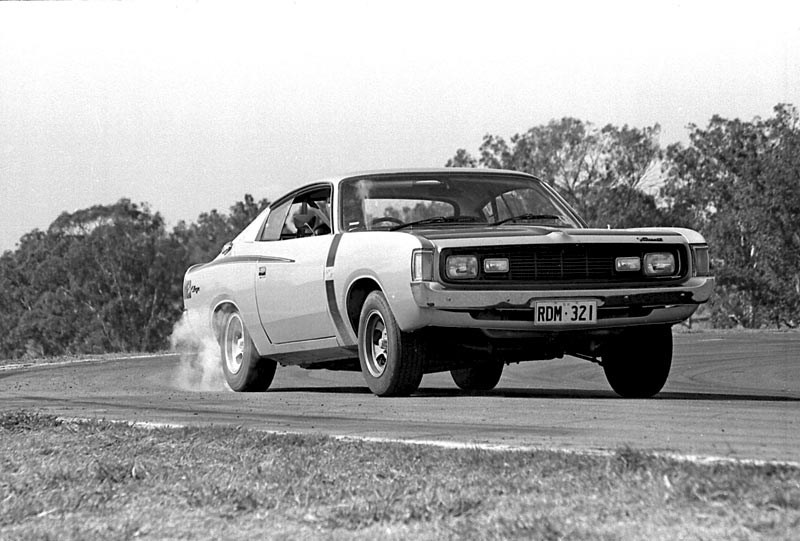

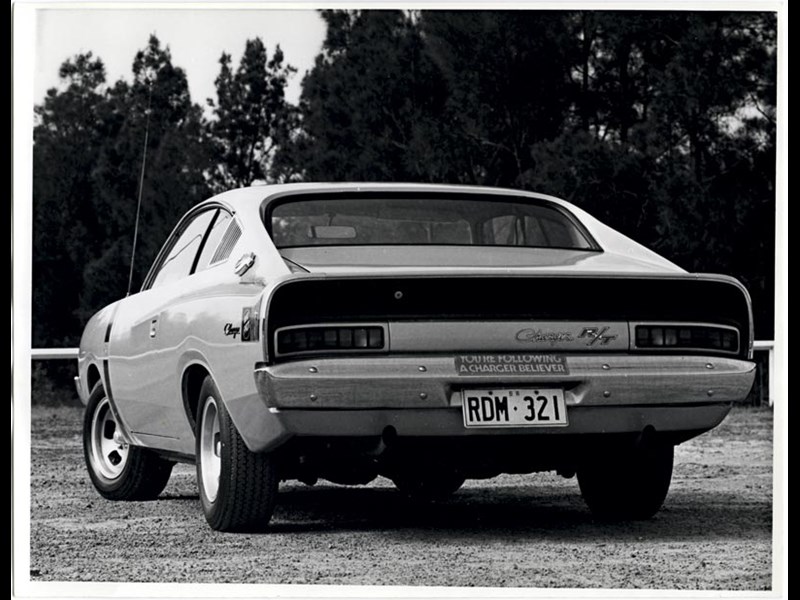


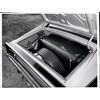
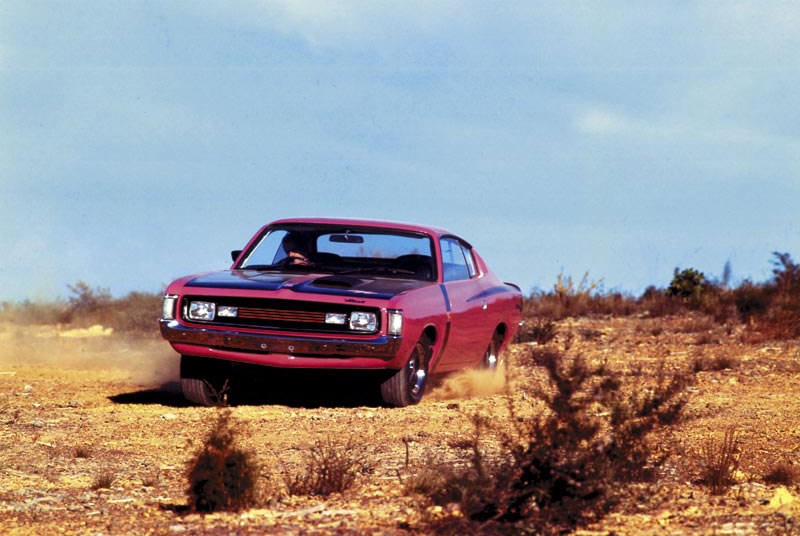

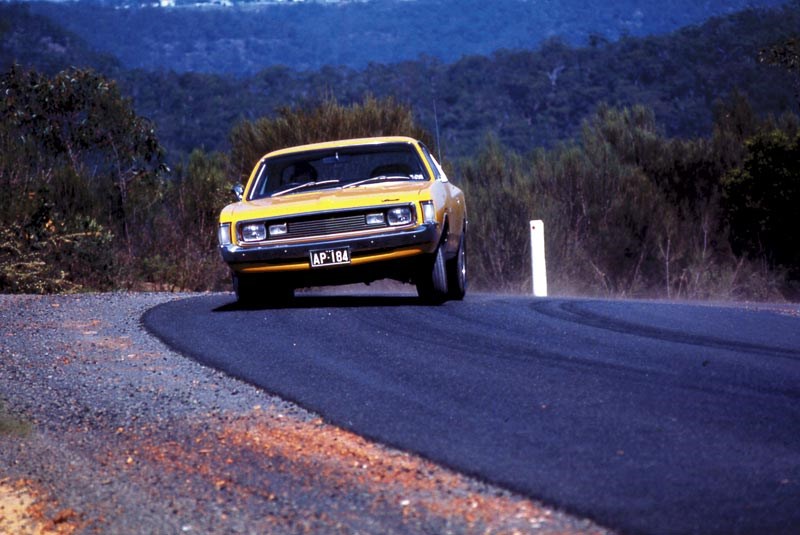

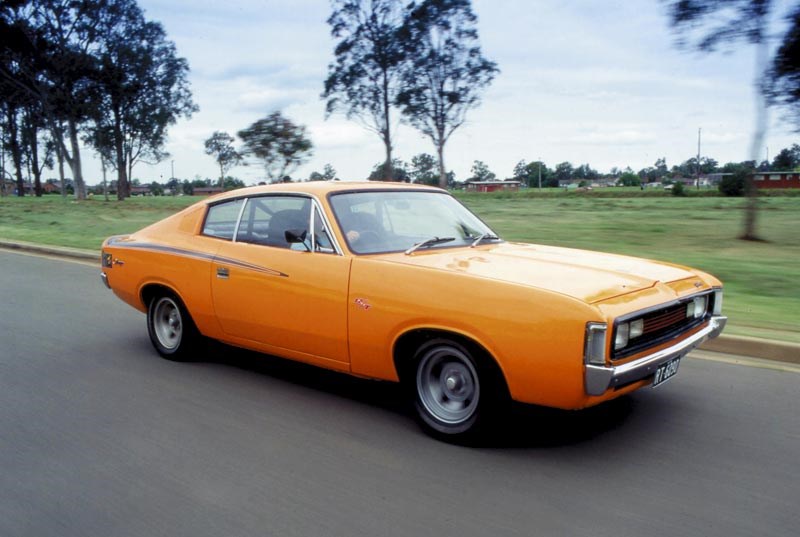

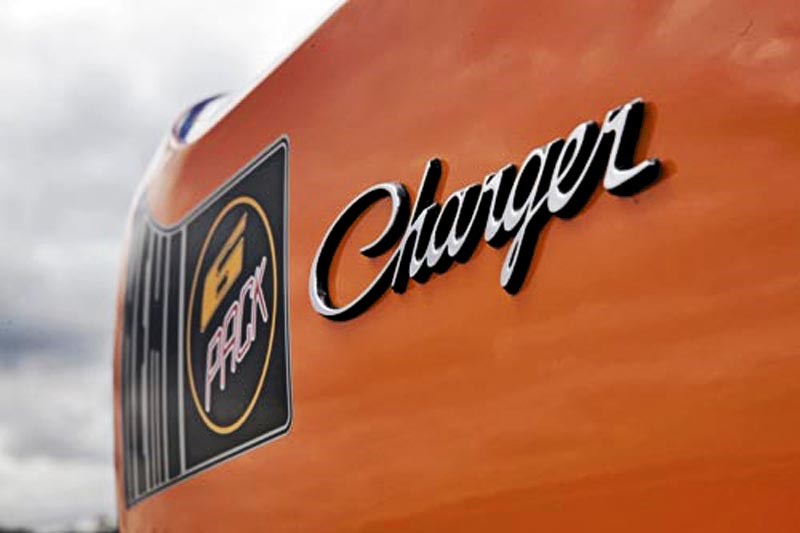

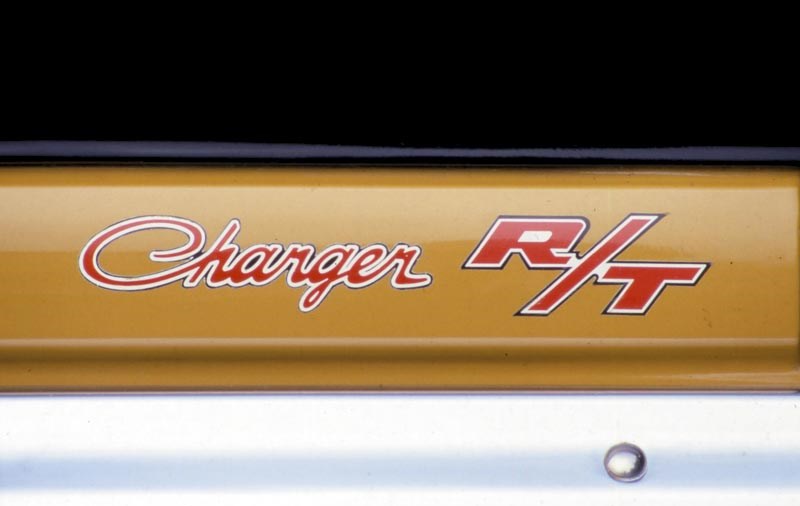

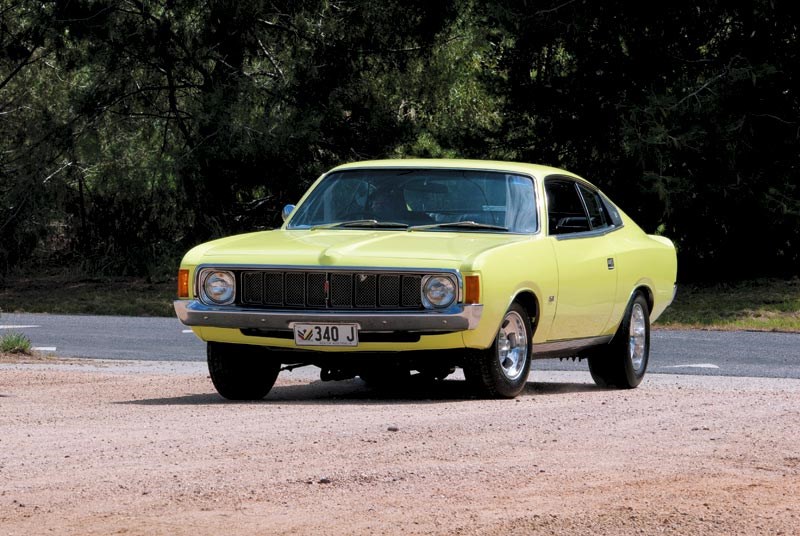

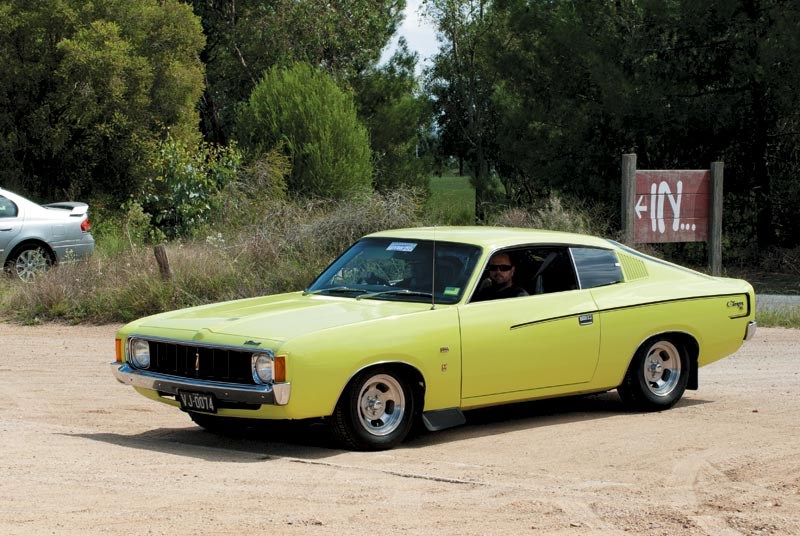

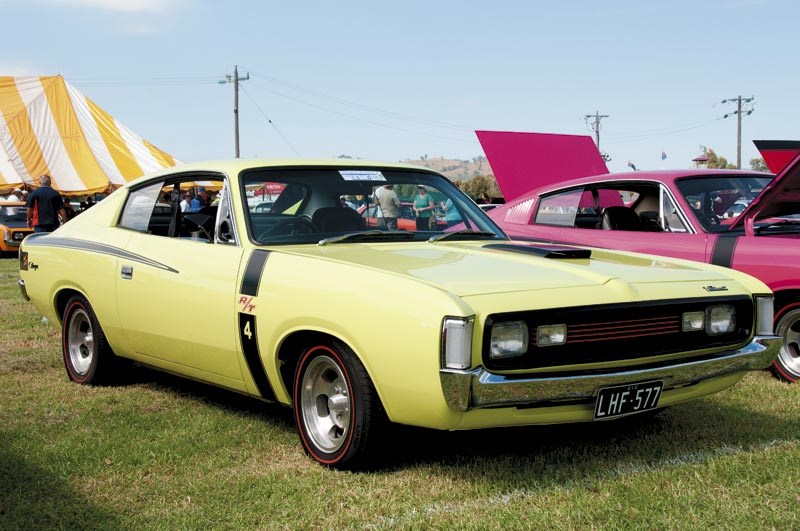

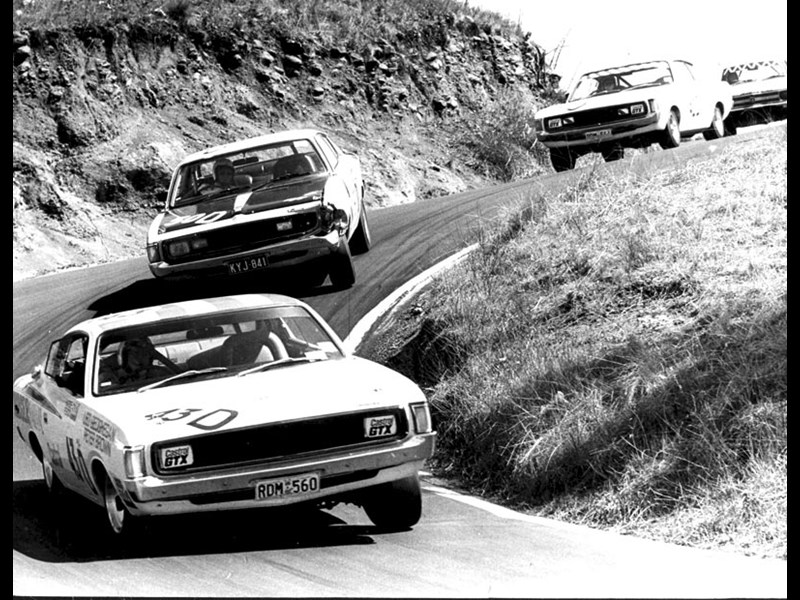


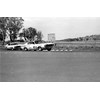

|

|

|

|

|

|

|

|

|

|

|

|

|
Great cars of the '70s: Aussie hot-rodding and Italian engineering combined to create the best car to never win Bathurst

|
|
Chrysler Valiant Charger
|
Chrysler Valiant Charger R/T E38
SUPER CHARGER
If it hadn’t been for the Charger, there’s little doubt that Chrysler Australia would have turned into Mitsubishi Motors Australia Ltd years earlier. Without this stubby and surprisingly effective coupe, the VH range – launched with such high hopes in June 1971 – would have been an unmitigated flop.
As late as the VC of 1966, there had been a kind of hard-edged toughness to Valiant styling and the car was strongly competitive with its Holden and Falcon rivals. Then the cars just kept getting bigger without matching gains in space efficiency. If the 1967 VE wasted space, the VH was wickedly inappropriate.
By June 1971 Aussie car buyers were just beginning to focus on stuff like fuel efficiency, getting into harder-to-find parking spaces and coping with rapidly increasing traffic congestion.
Chrysler Australia boss David Brown was confident about the prospects of the forthcoming VH range, but in October 1969 he came up with the concept of the ‘29 Car’. Why not develop a more compact version of the VH and use it (a) to offer a lower entry point and (b) provide a lighter car that could be developed for racing, especially at a circuit in New South Wales called Mount Panorama.
I like to imagine some fresh-faced young marketing dude half-running down a corridor in Tonsley Park saying, ‘This 29 Car; why not call it Charger’ and someone replying, ‘Hey Charger!’.
It took just two years from the thought of Car 29 to the reality of kids in the street giving the peace-sign salute as if every new Charger driver was indeed Alvin Purple, while yelling ‘Hey Charger!’. Yes, it was a brilliant marketing campaign.
In the meantime, the VH Pacer sedan barely blipped the charts.
Whether Brown had been inspired by the precedent of the Ford Mustang in putting a coupe body on humble sedan mechanicals is unknown. But Charger was to Valiant almost what Mustang had been to Falcon.
The Charger’s panels were new from the A-pillar back while the underbody was strengthened to compensate for the absence of B-pillars.
Before analysing the great success of the Charger, let’s put the VH sedans in their 1971 context. They were longer and heavier than the HQ Holdens – which they preceded to market by weeks – but their extra bulk served no purpose.
Although they were uniquely Australian, the thinking behind them was pure Detroit, where even in 1968 when the VH began its gestation, big was still beautiful.
Also in the VH range were the two-door Hardtop and the Chrysler by Chrysler. Both were built on a 115-inch wheelbase compared with the Valiant sedan’s 111 inches and the Charger’s 105.
If the Valiant sedan was a bit of a flop, these behemoths were sales disasters and further validation of the thinking behind Car 29.
Australians quickly rejected the VH as too big, not particularly attractive and less modern than the (smaller) HQ Holden. It was almost a laughing stock.
So nobody was prepared for the shock of the Charger just six weeks later. Nobody expected a chunky, gutsy, affordable sports coupe of this type from staid Chrysler Australia. The Charger was as much a surprise to Australians as the first Monaro GTS had been three years earlier, not to mention the original finned Valiant R Series in the summer of 1961-62.
From the time of that astonishing first ‘panel-beater’s nightmare’ of a Valiant to the debut of the VH, the trajectory had been mainly downhill in terms of how the public perceived the Valiant nameplate. The AP5, AP6 and VC may have been successful, but they lacked the glamour of the R and its locally manufactured successor, the S.
The Charger reversed this process. It was a Unique Car.
The wheelbase was 152mm shorter than the standard VH from which it was derived – a true cut-and-shut job. It was an amazing 33cm shorter overall and therefore differed interestingly from earlier Oz coupes developed from sedans. Ford had been first with the XM/XP Hardtops of 1963-66, but neither those nor the Monaro employed a shorter wheelbase.
Even a base-model 215-engined Charger outhandled and outperformed its Ranger sedan counterpart. It weighed 130kg less and was far more agile. Yet, remarkably, the Charger would accommodate rear seat passengers almost as comfortably as a Valiant sedan, even if headroom was tight and the ride choppy.
About one-third of all VH Chargers produced were base models. At $2796, it was less expensive than a Ranger sedan and was comparable with an HK Monaro 161. No frills, few thrills. But the difference between base model and Bathurst warrior was immense.
You had to step up to the second of four Charger model tiers, the XL, to get radials and front disc brakes as standard, albeit with column-shift transmissions (ugh!). The XL’s 245 Hemi gave strong performance, but the optional 265 was a cracker, delivering 17-second quarter-mile times even in automatic guise.
The 265 was the starting point for the Charger’s assault on the Mount. To an even greater degree than in the creation of the Torana XU-1, the Charger R/T employed the best Australian hot-rodding techniques to transform the car for racing.
The standard engine was a 163kW version of the Hemi 265. Even though the three-speed manual gearbox was unchanged it was at least manipulated by a floorshift. All R/T Chargers got a much lower final drive (3.23 instead of 2.92).
But it was the E37 (‘street’) and E38 (‘track’) option packs that showed how serious Chrysler Australia’s engineers were about extracting the Charger’s maximum potential, and extractors were merely the starting point.
Triple Weber carburettors had been used on modified EH Holdens, but no Australian production car had ever seen such a dedicated application of Italian engineering.
"The whole engine’s been tuned to the Webers," declared Young & Rubicam’s memorable double-page spread advertisement in which the exhaust manifold and extractors glow orange.
Chrysler Australia explained in its publicity: "The carburettor development alone involved such intricate engineering that a VG Pacer with the Six-Pack prototype engine was flown 12,000 miles to Italy and then tested for 4000 miles all over Italy."
Imagine all those Italian jaws dropping over their espressos. Imagine the bewilderment of the airline baggage handlers as the Pacer was wheeled out of the Jumbo in Roma.
After its Roman holiday, the E37 engine was rated at 185kW while the E38 with its 10.5:1 compression ratio produced 209kW.
Alloy wheels (an inch wider at 7.0in over the E37’s steels) and heavier duty brakes and suspension were E38 features. The boot was filled with a 155-litre tank and there was a limited-slip differential. There was no power assistance for either steering or brakes, in the interests of race feel.
Racing champion Leo Geoghegan was employed as a consultant when the R/T was developed in secrecy during 1971, initially with a shortened ute.
Astonishingly, the E37 came to market at just $3975.
While the E38 was undoubtedly the best car of its time not to win at Bathurst, the most famous VH Charger was the E49 readied for the 1972 race. Despite power cracking 300bhp (224kW) and the arrival of a sorely needed four-speed gearbox, the Charger still couldn’t win for Chrysler Australia and its brief heyday was over by the time Peter Brock had taken his first Bathurst chequer.
OLIVE BLANCHE
Hard to imagine any colour called Blonde Olive. Harder still to imagine one car-crazed crank buying two almost-identical VH Charger 770s in this lacklustre hue. Dear reader, I did just that.
I paid $1468 for the first in the spring of 1981. Adding rego and minor repairs brought the bill to $1750. It replaced an HQ 253 Premier and was a much better car to drive.
That Hemi 265 really had the goods. Something like a Fiat 124 1800 Sport had similar acceleration, but the noise made you think the engine was about to die, while the Valiant just moseyed along. A bit of timing-chain rattle, a hint of breathlessness past 4500rpm, but what torque.
I sold it for $2300, which set a precedent for making money on cars. At least I did it once.
The second car at least lacked the first car’s white vinyl roof. But, even after having the front end rebuilt at a magazine’s expense (yes, it was a project car), it changed direction at whim.
Blondie Two defied all diagnosis until chassis ace Doug Heasman took his torch to her underside.
"Here’s your problem," Doug said. The right chassis rail was badly cracked. The rail then fills with water and rusts the steering box. Directional control gets vaguer than a late 1950s Dinky Toy. Doug said that in the worst cases the steering box can liberate itself from the car. Instead, I liberated myself.
Just for the record, I have owned seven Valiants and my favourite was a maroon VC Regal 273 with black vinyl roof and a conversion to Bilsteins by the aforementioned Doug Heasman.
CLASSY ENOUGH
Even with the development expertise of Leo Geoghegan, a few months was not long enough to turn a hot road car into a Bathurst winner. On the eve of the ’71 race, many pundits were predicting a Charger victory, largely based on E38s filling six of the first 11 places in an Oran Park 100-lapper a fortnight before the Great Race.
That perpetually underestimated race ace, the late Doug Chivas, took the victory narrowly from Colin Bond in an HDT XU-1. But notably absent were the GT-HO Phase IIIs, which had experienced dreadful brake problems in the previous race, so Hardie-Ferodo engineers were desperately developing a new pad material called DP11-1103 in time for Bathurst.
Oran Park was therefore not a true preview. It was also a relatively flat track compared with Mount Panorama (isn’t almost any track?) and the Charger’s lack of a fourth gear was less of a hinderance.
The fact that the Falcons would compete in Class E (over $4350) and the Chargers and Toranas in D ($3151 to $4350) was unimportant for most enthusiasts.
Bathurst practice immediately revealed that the Falcon brake problems had been overcome. Allan Moffat qualified his car in 2m38.9s, with the quickest Charger (Geoghegan) on 2m45.7s and Brock’s Torana 10th on 2m46.3s.
Even with the big 155-litre tank, fuel stops for the Chargers were too frequent. And tyre wear was alarming. Geoghegan finished only 46 seconds behind Brock for second in class, but Moffat and four other GT-HOs were already home.
The four-speed E49s fared little better the following year: racing moves ahead and rivals also improve. Changes to the classes put the Chargers in with the Phase IIIs. Moffat’s pole time was 2m35.8s while Brock (2m38.2s) and Geoghegan (2m39.1s) started from the third row.
While Brock scored his historic first Bathurst win, Chivas finished third outright and second in class (behind John French’s Falcon). Geoghegan was hindered by two one-minute penalties.
SPECIFICATIONS
1971 Chrysler Valiant Charger R/T E38
Engine: 4340cc inline six, OHV
Power: 209kW @ 5000rpm
Torque: 431Nm @ 3700rpm
Weight: 1327kg
Gearbox: 3-speed manual
Brakes: discs/drums
*****
More reviews:
> USA v Oz: VH Valiant Charger R/T E49 v Plymouth Hemi 'Cuda
Search used:
>> Search Chrysler Valiants for sale
Unique Cars magazine Value Guides
Sell your car for free right here
Get your monthly fix of news, reviews and stories on the greatest cars and minds in the automotive world.
Subscribe

.jpg)












